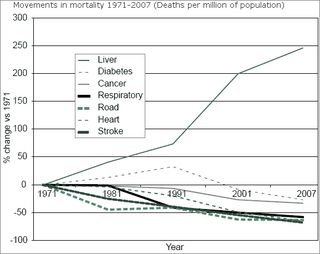The lecture on sensors fascinated me as to what extent technology could assist in understanding the human body.
This led me to research which took this a step further – not just sensing the body’s status but also healing it!
Chronic non healing wounds are a major issue affecting many people across the world.
The money spent on chronic wounds continues to rise in correlation with its reoccurring presence in the growing population.
There are a multitude of treatments available for chronic wounds, but they all have their own flaws in relation to optimised healing.
For example, skin grafts have been used for many years. Although I think these are a viable form of treatment, the necessity of surgery for therapy of the wound is an aspect I believe recent medical advancements should have overcome. Therefore, my discovery of new advancements was of interest to me!
New Advancements!
A new scientific treatment has created electronic skin! This is a bioelectronic system that not only monitors the wound through sensors, but also helps provide treatment through “anti-inflammatory antimicrobial treatment and electrically stimulated tissue regeneration”.

E-skin has continued to develop since its initial creation, with the technology now having the potential to overcome the tactile sensors of our own skin – with developments furthering sensitivity and receptor density, and response time.
For example, a circuit which is elastic both electrically and mechanically using stretchable interconnects has been produced.
AI Skin
Notably, further studies have discovered the benefits of Artificial Intelligence (AI) powered electronic skin.
AI algorithms help extend the limits of signal saturation – an issue which limits the current technology as the sensors can only manage low concentrations.
These machine learning techniques will ultimately improve sensor performance, creating an even more effective human-like skin!
Ethics…
Many people feel uncomfortable with the increasing presence of AI. This is particularly of worry when considering wearing AI daily! Concerns include privacy issues due to long-term monitoring, and mistakes which can occur in AI.
Despite the benefits of AI in E-skins having been proved significant, many people may question is it worth it?
I think I would be conflicted between the invasive process of already established treatment methods such as skin grafts, and the unknown which comes with AI usage. The potential for AI skin to be more sensitive than our own is a concept I think would sway me towards using this new technology. I think the use of E-skin is a promising advancement which may help many people!
Would you feel comfortable with AI powered skin?
If electronic bandages interests you, another route scientists have taken is bandages which indicate wounds before they’ve happened! The video explains further…

Leave a Reply
You must be logged in to post a comment.